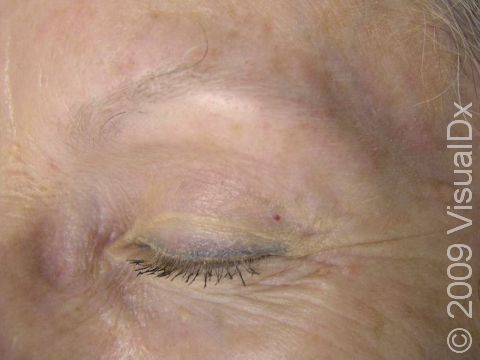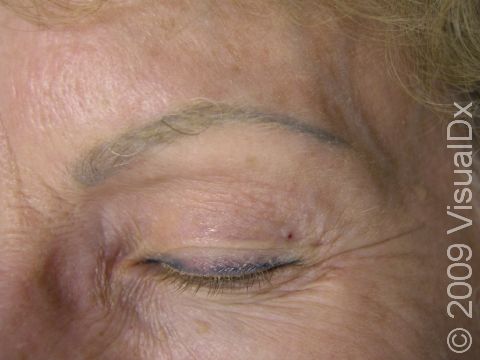Tattoo Removal, Laser
Many people no longer care to have a permanent tattoo for a variety of personal or fashion-related reasons. While there are many methods of removing tattoos, laser tattoo removal with the latest technology offers the ability to partially or fully eliminate a tattoo with little risk of scarring. Unfortunately, many sessions are often needed with the total cost often at several thousand dollars.
Removal of a tattoo by laser is accomplished by matching the tattoo color with a precise beam of laser light tuned to the tattoo pigment. The tattoo ink is superheated very quickly, causing ink to break down into smaller pieces. Once the ink is in small enough pieces, the person’s immune system gradually removes the ink. As a result, most laser tattoo removal is a slow process needing multiple sessions to fully remove the ink trapped in the skin. Of note, there is a new ink on the market that is designed to be removable in 1–2 laser sessions.
Who's At Risk?
Removing a tattoo is similar in some aspects to trying to remove a stain from clothing. A stain that takes a split second to happen may take quite a bit of work to remove, and sometimes the stain cannot be fully removed. Once removed, the results are permanent; however, predicting how many sessions a patient will need is difficult. Amateur tattoos are the easiest to fade, as they contain little ink. Deeply colored professional tattoos can be difficult, often requiring a double digit number of treatments. Some colors respond to only certain types of laser energy, so for the best success, matching the right laser to the type of ink is important.
Each color responds to one or more unique wavelengths (in nanometers [nm]) of laser energy. Matching the wavelength to the color may optimize the response:
- Black ink – nearly any wavelength but most commonly 1064 nm
- Green ink – 755 nm is best; 694 nm or 650 nm can be effective
- Blue ink – 585 nm
- Red ink – 532 nm
Signs & Symptoms
Prior to a session, avoiding a tan in the area to be treated is extremely important. A combination approach to keep the skin as light as possible in the tattooed area is helpful:
- Use a high SPF sunblock daily, and re-apply periodically if in the sun.
- Avoid outdoor activity during peak sun hours (10 AM to 3 PM).
- Wear sun-protective clothing, such as long sleeves and a hat.
- Sit in shady areas when outdoors.
- Wearing a protective bandage over the tattoo will block sun exposure.
Most patients prefer to use numbing cream for 45–90 minutes immediately before treatment. Once the skin is cleaned, laser treatment is usually fairly quick for a small- to medium-size tattoo. The laser handpiece is placed over the skin and repeatedly pulsed with laser light until the entire tattoo is treated. A major issue can be the pain of the laser treatment, which is often more painful than getting the tattoo. Some compare the pain of laser tattoo removal to being snapped by a rubber band.
Self-Care Guidelines
After treatment, the skin is temporarily swollen and sometimes temporarily white. Occasionally, blistering can occur. Gentle skin care and sun protection is important to promote proper healing.
Treatments
- Surgical removal
- Dermabrasion (sometimes with salt)
- Laser vaporization
- Topical products (heavily advertised but their effectiveness is questionable)
- A second tattoo to cover the area
When to Seek Medical Care
- Blistering
- Temporary darkening of the skin
- Temporary or permanent lightening of the skin
- Scarring
- Ineffectiveness
- Tattoo darkening (in red eyebrow or lip tattoos)
Last modified on October 10th, 2022 at 8:46 pm

Not sure what to look for?
Try our new Rash and Skin Condition Finder

